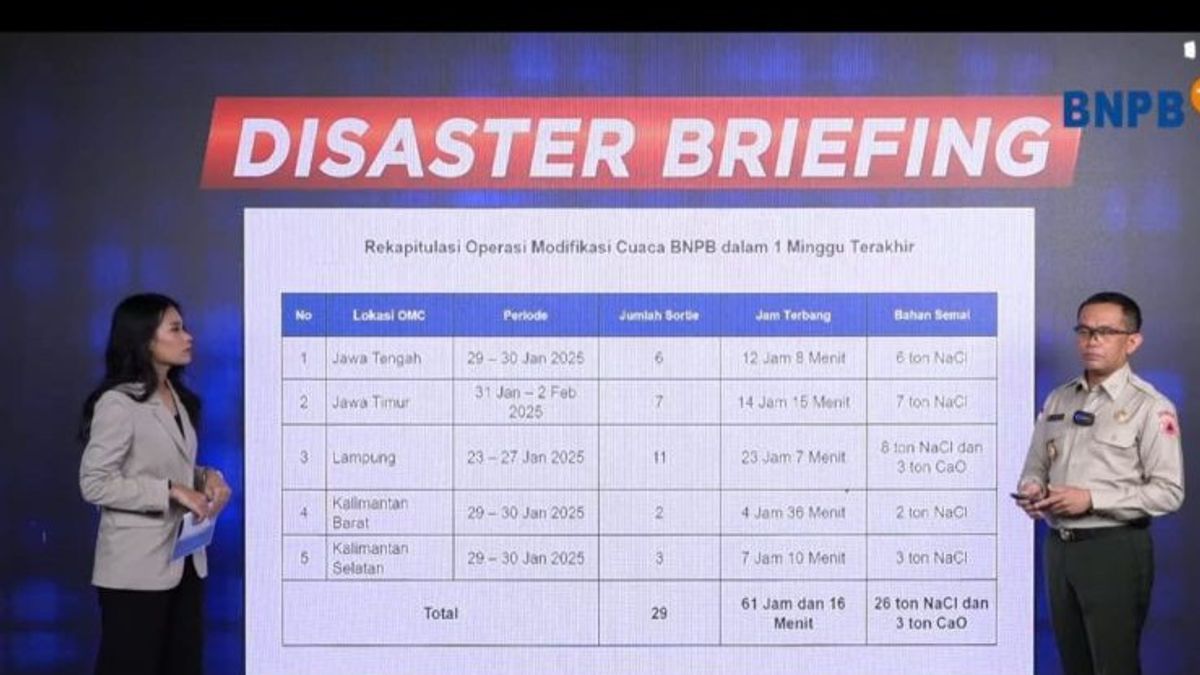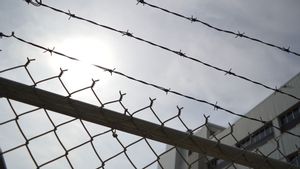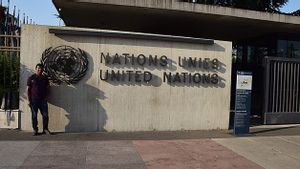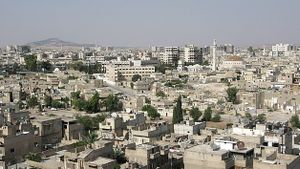JAKARTA - The National Disaster Management Agency (BNPB) has spent 26 tons of salt sprinkling into potential rain clouds in the past week, as an effort to control extreme or very heavy rain intensity in four provinces.
Head of the BNPB Disaster Data, Information and Communication Center Abdul Muhari said the seeding of tens of tons of salt/NaCl was carried out on recommendations from the Meteorology, Climatology and Geophysics Agency (BMKG).
Meanwhile, in the period January 20, February 2, BMKG detected active atmospheric phenomena and cyclone seeds that have the potential to cause extreme rain and trigger hydrometeorological disasters such as floods, landslides, and strong winds, so that weather modification interventions are needed through salt seeding.
"Recommendations for the implementation of weather modification operations from BMKG and BNPB which did so in Lampung, South Kalimantan, West Kalimantan, Central Java, and finally in East Java which was completed yesterday," he said as quoted by ANTARA, Monday, February 3.
BNPB consumes as much as eight tons of salt and three tons of calcium oxide (CaO) lime emitted in 11 aircraft flights to control the intensity of rain in Lampung Province on January 23-27.
In that period, five districts/cities were hit by floods, resulting in the death of two people, more than 2,812 residents displaced, more than 14,823 houses and even submerged 4,456.4 hectares of rice fields.
The same thing also happened in West Kalimantan and South Kalimantan in total operations that took place on January 29-30, BNPB spent two three tons of salt in the two provinces. Rainfall since January 1-25 has caused flooding in various areas, the number of affected residents is 24,618 families or 68,072 people, while houses submerged are 21,673 housing units.
The weather modification operation in Central Java took place on January 29 with six tons of salt Sprinkled in NaCl, and lastly carried out in East Java on January 31 - February 2 seeded seven tons of NaCl.
SEE ALSO:
During that period heavy rains also triggered floods and landslides accompanied by significant amounts of victims and impacts of infrastructure damage such as bridges, roads, and houses to residents in Pekalongan, Grobogan, Kendal, Batang and Demak Regencies in Central Java Province.
It was recorded that more than 30 thousand residents suffered from the disaster in the five districts. As many as 22 people died including toddlers aged 5 months, 13 people were injured, and there are still four people missing in Petungkriyono Village, Pekalongan.
"Furthermore, we see recommendations from the BMKG, whether it is urgent or not to modify this weather to continue to be carried out, seeing the effectiveness per region - it must be right on target - because the operating costs of this weather modification are expensive," said Abdul Muhari.
The English, Chinese, Japanese, Arabic, and French versions are automatically generated by the AI. So there may still be inaccuracies in translating, please always see Indonesian as our main language. (system supported by DigitalSiber.id)













